If you’re going on holiday to Italy this summer, be prepared to shell out more than you might have planned on.
Thanks to runaway post-pandemic inflation, the cost of living has risen in all areas – and holiday-related expenses are no exception.
“The 2023 summer holidays will be remembered as the most expensive ever,” Furio Truzzi, president of the consumer rights association Assoutenti, said in a recent press release.
READ ALSO: What to expect when travelling to Italy in summer 2023
The average family of four will pay €800 more for a week-long holiday in Italy this year compared to 2022, Giovanna Capuzzo, vice president of the consumer federation Federconsumatori, told Il Sole 24 Ore newspaper.
The priciest Italy destinations for summer 2023 are Sicily, Sardinia and the Amalfi Coast, with the cost of seven nights’ three-star accommodation for two adults and two children costing up to €22,343 in one particularly pricey hotel in the Sicilian coastal town of Cefalù in peak season.
From hotels to restaurants, here’s how much more you can expect to fork over for your holiday in Italy this year.
Flights
Data from Italy’s national statistics office indicates that international flights to and from Italy have gone up by as much as 59 percent in the last year, Truzzi told the Corriere della Sera newspaper in April.
Italian domestic flights, meanwhile, have risen by an eye-watering 71.5 percent over the same period, he said.
READ ALSO: Why are flights to and from Italy so expensive this summer?
Museums and tourist sites
Museums are also increasing their entry fees: peak-season admission to Florence’s Uffizi galleries rose from €20 to €25 last March, and entry to Naples’ Palazzo Reale now costs €10, up from €6 in 2022.
Rome’s Pantheon, which until now has been free to all, is introducing a €5 fee for tourists from outside Rome from July 1st.
READ ALSO: How much more will Italian museums cost this summer?
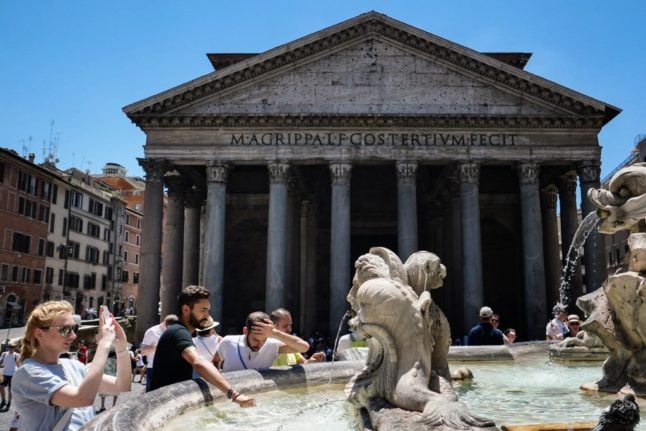
Italy’s government has also announced that tickets to all of Italy’s state-run museums will go up by one euro from June 15th to September 15th in order to raise funds for the Emilia Romagna region, which was devastated by heavy flooding in May.
Tourist taxes:
City tourist taxes are also going up in 2023, after Italy’s latest budget law raised the maximum limit to €10.
1,011 municipalities are levying the tax in 2023, with the popular northern destinations of Trento and Bolzano introducing the fee for the first time this year, according to Corriere.
READ ALSO: Eight things you can do in Rome for free
In Florence, the tax has risen from €5 to €8 – as much as 60 percent, while Naples is also reportedly considering raising its daily rate of 50c.
Restaurants
Taking a sizeable bite out of holidaymakers’ budgets this year are Italian restaurant prices, which have risen by an average of 6.8 percent since 2022, according to the results of a survey published in May by the consumer rights watchdog Codacons.
Viterbo, north of Rome, is where diners can expect to find the starkest increase, as meals cost a whopping 16 percent more than they did 12 months ago. Siena, where costs have risen 11.5 percent, comes in second.
Despite these increases, dining out in Italy is more popular than ever before: the number of people going to restaurants increased by 18 percent between January and April according to a recent survey, even though eight in ten Italian restaurants increased their prices.

Hotels
Hotel accommodation costs are rising by an average of 30 percent, reports Corriere della Sera.
The cost of staying in a hotel by the sea is anticipated to increase by 28 percent this year, with total expenses for seaside holidays averaging out at 17 percent more than in 2022, according to Il Sole 24 Ore.
Mountain stays, meanwhile, will cost an average of nine percent more than in 2022, the publication estimates.
Beach clubs
If you like to prefer to experience the beach while reclining in a sea of sun loungers and umbrellas – as many Italians do – you can also expect to pay more for the pleasure this year.
READ ALSO: MAP: Which regions of Italy have the most Blue Flag beaches in 2023?
Beachgoers in some areas are being charged as much as 25 percent more to access private clubs than in 2022, according to a recent Codacons survey, with rental charges for sunbeds and umbrellas increasing by an average of 10 to 15 percent across the country.

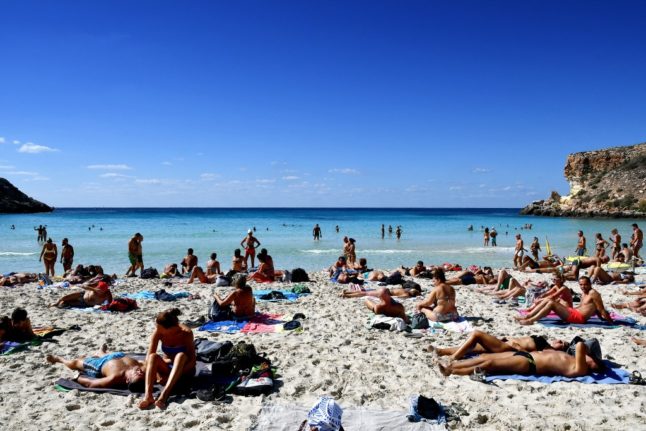

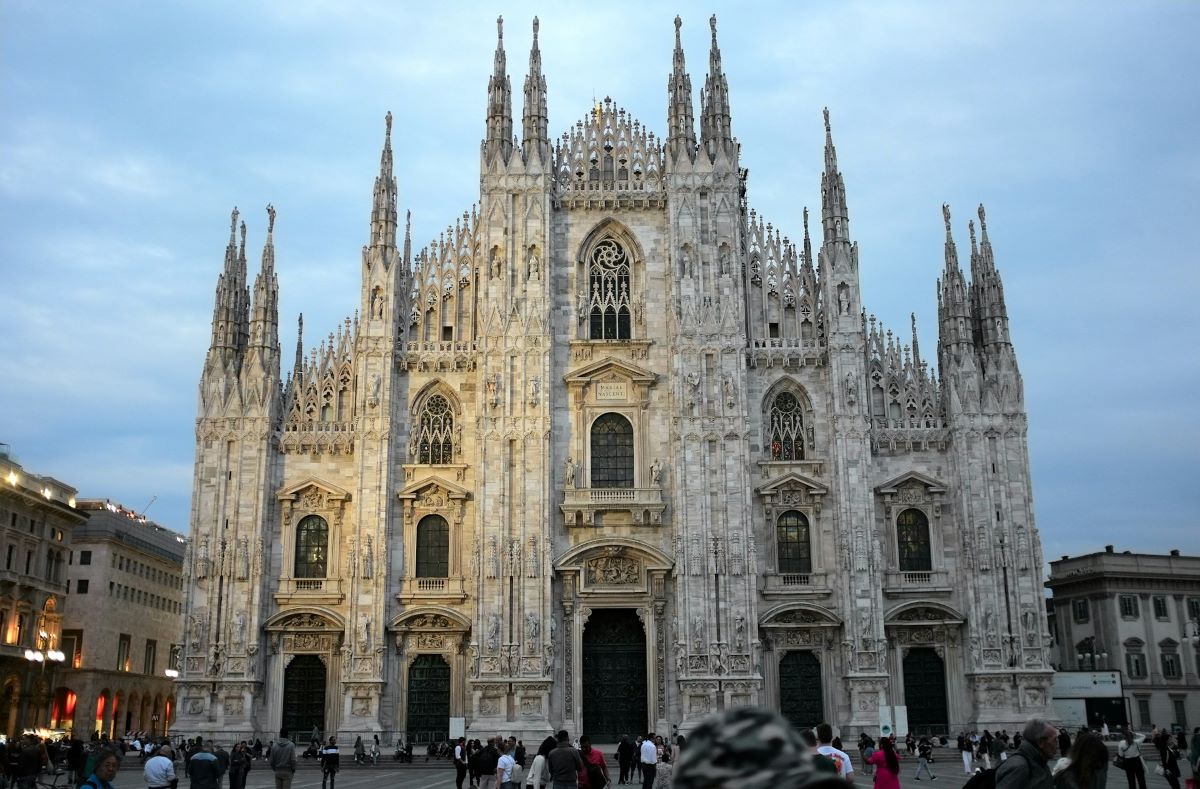
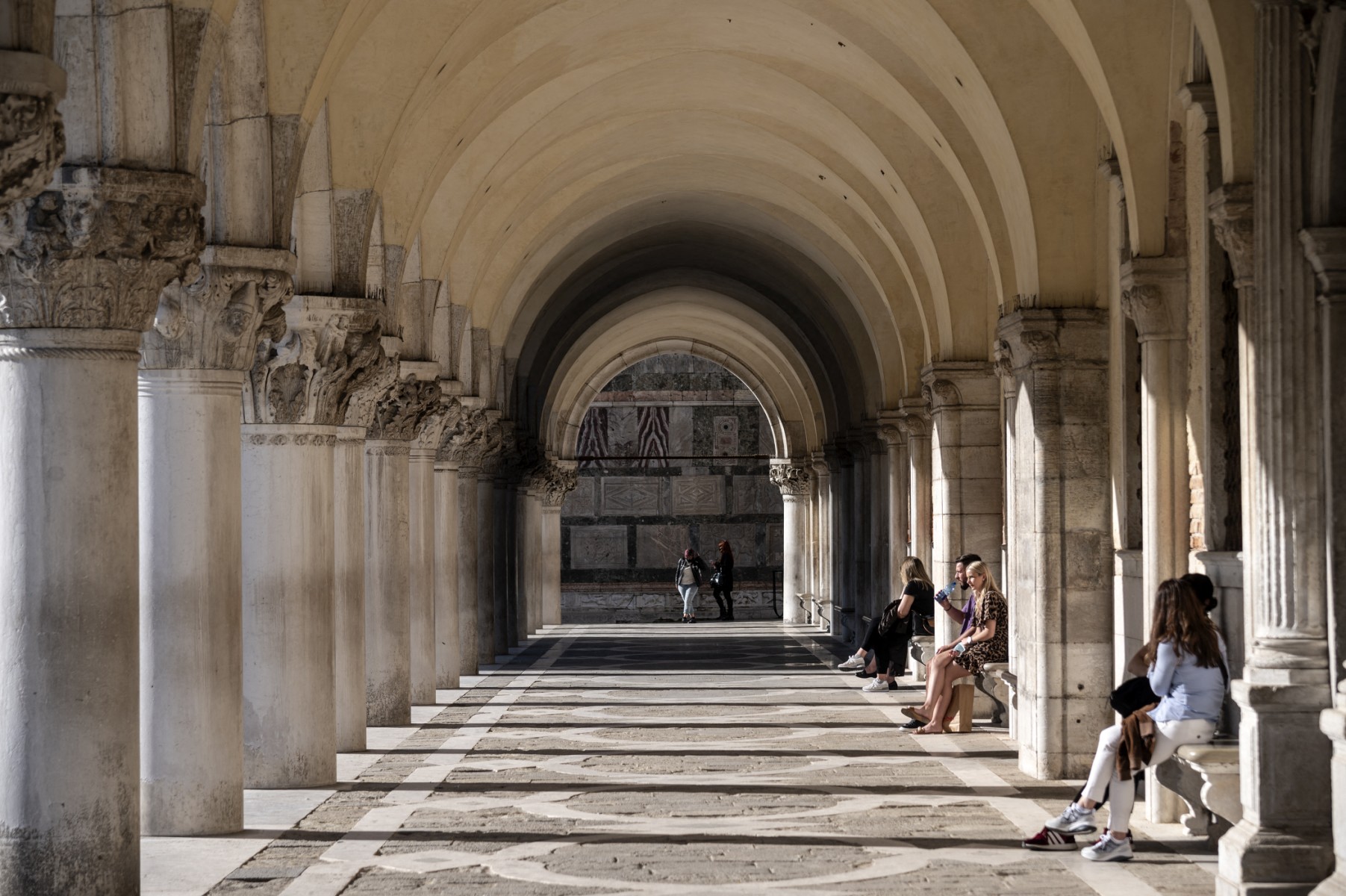
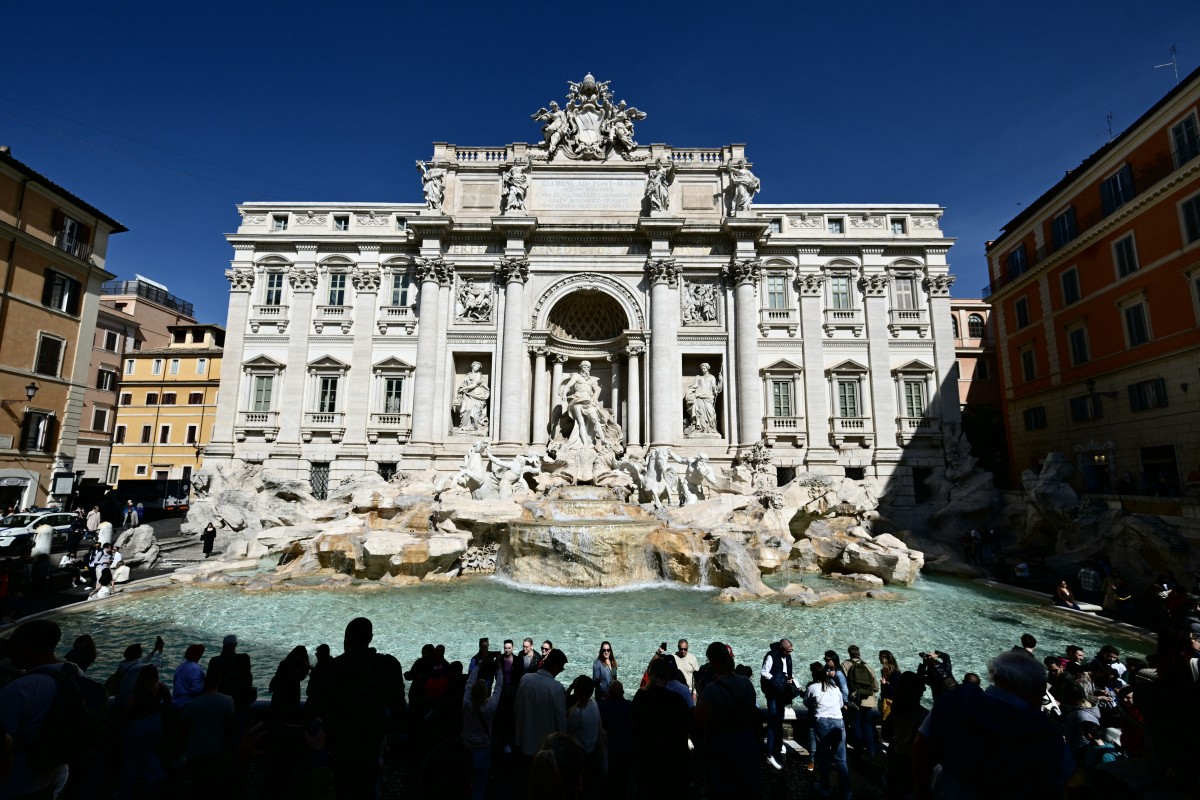
 Please whitelist us to continue reading.
Please whitelist us to continue reading.
Member comments